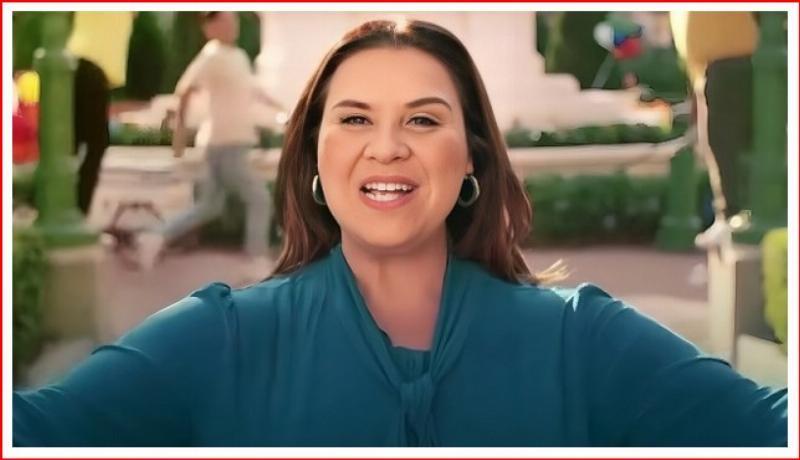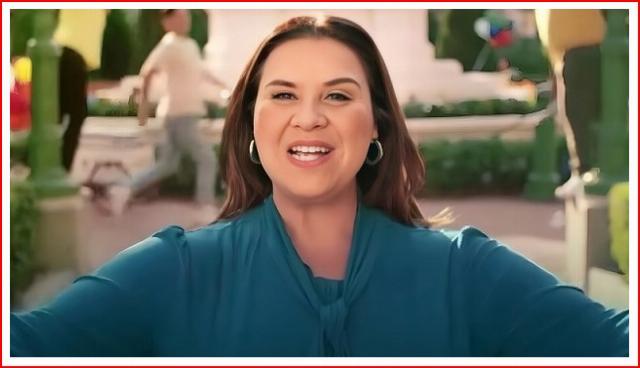


There are television ads – and ad trends – that confuse many viewers.
Either they don’t know who the ad is targeting … could it be them? … or if it really works at all?
If you don’t have experience with advertising, these can be hard questions to answer.
However, I’ve had a lot of experience in and with advertising, and from all angles: writing, shooting, editing and placing ads for employers and clients. I shared in my first ADDY award in 1975, fifty years ago, and I’ve won three all-told, one for scripting an award-winning television commercial for a hospital’s labor-and-delivery service.
Based on this experience, join me as I unpack some of today’s ads that either work or don’t. I’ll also look at a new trend – copy-cat ads from competitors that oddly look alike, a really terrible idea.
Jardiance: Let’s start with Jardiance, a product created to help patients cope with Type 2 diabetes. Several competitors are out there, but for lack of credibility, Jardiance takes the cake.

Here is a screen shot from the video above of Deanna “DellaCioppa” Colón.
Jardiance’s first notable television ad – the one with the “memorable” jingle, impossible to forget no matter how hard you try – visits the set of an ad “shoot.” There, a large-bodied actress, Deanna “DellaCioppa” Colón, is seen dancing and singing her way through their theme song like she’s the star in a sixty-second Broadway show.
The best three things I can say about this ad are that it musically tells what the pill does. Next, it is technically well-presented, as if it was a scene from the film adaptation of a hit musical. Finally, it’s lead actress, Ms. Colón, visually represents a large segment of the target audience, being on the threshold of morbid obesity herself. She also comes across well, as if on Broadway.
Diabetics tend to be overweight, which is why competitor Ozempic is so popular. That drug also addresses the symptoms of diabetes, even while helping the user to lose a lot of weight, fast, without dieting or exercise. Many non-diabetic Ozempic users find sympathetic doctors who proscribe the med just for its near-miraculous weight-loss properties.
Jardiance doesn’t have as strong a side effect. If it did, their ad campaign really missed the mark. There are millions of diabetics – not a bad audience – but there are many more millions who are just overweight … or worse. They will do almost anything, except eating right and exercising regularly, to lose that weight. Especially if weight loss is almost magical in its effect.
However, the downsides of this ad outweigh the plus-sized messages in several ways, especially when considering the context of the three-ads shot for the campaign. For instance, its music hall vibe robs it of any hope of credibility … credibility in an ad? Yeah. Slice of life ads, done well, do have at least a shred of cred. Not these.
Unfortunately, their cloying song is really hard to forget, no matter how hard you try.
Even worse are Jardiance’s two follow-up ads. They maintained the choreographed singing and dancing conceit, but with much lower production budgets and values. Doing a dance number in an office supply room, while the not-as-hefty singer helps a clueless techie by plugging in the copy machine he can’t get to work does nothing to sell the product. As for the other ad, where a fit yard trimmer is singing and dancing his way through trimmed topiary, well, the less said, the better.
Orange is the new orange: This isn’t about an ad, but a trend. An Orange trend. I think this has little or nothing to do with “Orange Man,” Donald Trump, though the timing seems more than coincidental. This trend began with Voya’s talking orange origami animals’ ads. I think paper animals are who we all go to for advice on how to best invest and protect our assets. At least I do. But the big question on my mind remains, “why orange animals?”
There is no good answer. It’s as confusing as Cialis’s pair of claw-foot bathtubs overlooking a body of water, or that tattooed lamb selling Cox cable services.
Next we come to the current Ted Danson ads for Consumer Cellular. In every ad, almost everything, except Danson’s skin and hair colors, are orange. Any reason why? Not really, at least none that’s obvious from the ads themselves. Whether he’s painting a house – orange – or riding in a cherry-picker, also orange, what that has to do with cellular service escapes me. Riding on the coattails of the long-running Voya ads, which premiered eight years ago, this orange connection does nothing I can identify to boost sales.
At least they don’t have annoying theme songs.
Finally, to cap off this trend, there are now a series of ads for Insurity, a company that either sells you car insurance or compares rates of car insurance. The fact that there are several commercials in the series, yet this basic question remains unanswered, ought to tell you everything you know about why these ads aren’t as effective as if they’d been clear on the subject.
However, the overriding visual element of Insurity’s commercials is the color orange. The background is orange. The laptop the on-camera guy uses to look up pricing for auto insurance is orange. Everything but his hair and wardrobe are orange.
Not sure what orange is supposed to mean, but somebody in ad-land has either been sold a bill of goods, or has sold that bill of goods to his clients.
Three almost-identical ads, all touting $19.95 a month and a “free gift:” Why do you think that three head-to-head competitors want to run almost identical ads at precisely the same time. Do they really want to get lost in the shuffle? Especially since one of them is so much more well known? Consider the classic soup ad case study, which concluded, when Lipton’s Soup sells ads, Campbell Soup sells more product. This suggests, as do I, that when Shriners Hospitals or Easter Seals charity runs look-alike ads, St. Jude’s generates more income. It’s inevitable. And, for the also-rans, stupid.
Here's the scene. Each organization’s ads feature lots of video clips of either desperately sick cancer kids or grotesquely deformed birth-defective kids. It’s almost like the agency that put together the ASPCA ad campaign showing horribly sick-and-starving puppies and kittens decided to create the same ads, but with suffering children instead of abused animals. To me, these ads seem like child abuse, done just to raise $19.95 a month from a lot of people. It’s akin to the deformed lepers begging for alms in biblical stories of Jesus’ miraculous healings.
And, like ASPCA, all three ask for $19.95 a month, and promise a gift – a t-shirt, a blanket, a stuffed bear – to those who will commit to this donation. Clearly, somebody in the fund-raising field conducted a focus group and found that $19.95 was the ideal funding target. Big enough to, multiplied by thousands, to make a difference, yet small enough so their target audience – well-off people looking for a painless way to support some charity so they can feel good about themselves – can afford donating without having to think about it. Maybe if only one charity used that approach, it could work.
However, with all of the Big Three of fund-raising organizations use identical ads to raise money, those ads – running at the same calendar time across the cable spectrum – become counterproductive. Beyond the ad overkill itself, the audience is likely to be confused over which is which. And confused ad-targets tend not to act at all.
Bottom line: If you want to know what’s behind the ads you’re bombarded with, please drop me a line, with a link to the ad or campaign you’d like analyzed.
---
American Thinker is supported by readers just like you – and me – who subscribe to AT, helping us financially ensure we can continue to give you the best of conservative news and commentary, every day of the year. In addition, subscribers get both an ad-free reading experience and a weekly newsletter every Friday. These feature in-depth articles, each written by one of AT’s editors. It’s remarkable how much wisdom you can squeeze into a weekly newsletter. I joined American Thinker myself, gladly paying the subscription fee to help support an organization that I – as a regular contributor – have supported with articles and opinions since 2006. Please, check out the subscription link to see how much you’ll get, and how affordable it can be.
Having done his Masters work in Advertising, Ned Barnett has been in the ad business for five decades. In that time, Ned has won three prestigious national ADDY awards for the best ads of the year. Several of his published books addressed advertising, in the context of hospitals and doctors. He also appeared as an expert witness in two legal actions targeting advertisers.
When he’s not writing for American Thinker, Ned is providing support to authors and wannabe authors – from editing to ghostwriting, from PR promotion to insightful marketing. He’s been doing so since 1982. If you need help being a writer or becoming one, contact Ned at 702-561-1167 or nedbarnett51@gmail.com.
